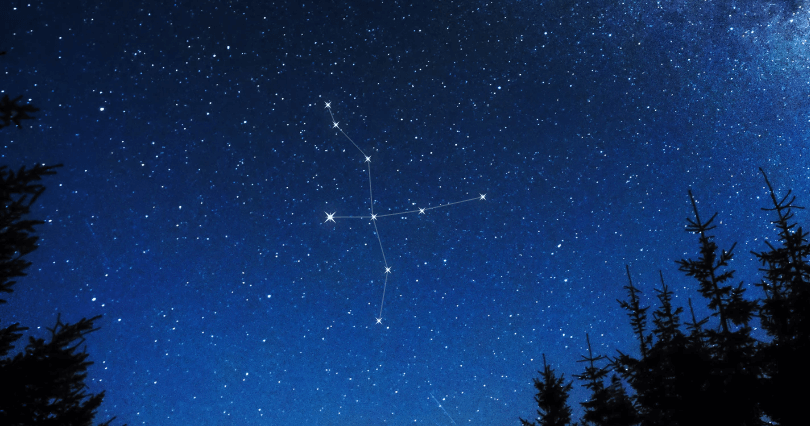Summer meteor season is coming to an end. The famous Perseids are gradually “subsiding”, but this will not leave us without “shooting stars” at all: in the second half of August, the period of activity of the relatively weak Cygnid meteor shower begins. Its peak usually falls on August 19-20.
August Cygnids are also called k-Cygnids — from the star Kappa Cygni, near which their radiant is located. They have been known to astronomers for a long time. Their first observations date back to 1879. Nevertheless, they remain one of the least studied meteor showers. For example, scientists have not been able to find their “parent” comet. Most experts tend to believe that it has long since disintegrated and ceased to exist, like the famous comet Biela (Bely) in the 60s of the XIX century. But, judging by the position of the radiant, significantly removed from the ecliptic, the orbit of this comet had a sufficiently large inclination to the plane of the earth’s orbit.

Another clue was discovered in 2007 by Japanese astronomer Masahiro Koseki. He noticed that every 6-7 years the peak activity of Cygnids increases to 15-20 meteors per hour, while at “normal” highs this number does not exceed 5. From this it could be concluded that the period of the comet with which this stream is associated should also be close to 7 years. It was in this orbit for quite a long time (at least ten millennia), and during this time the meteoric matter was distributed along its trajectory fairly evenly, but in the place where the comet nucleus was moving, there was a “condensation” that manifested itself during periods of stream activation.
The last outburst of Cygnids took place last year, so you should not expect much activity from them in the coming days. On August 20, the Moon will rise at about midnight summer time, while the radiant of the stream will rise almost to the zenith. Consequently, everyone who wants to see it will have the first half of the night for convenient observations in the dark sky. The study of such “old” meteor swarms is interesting from the point of view of the evolution of the Solar System, since it allows us to trace how they gradually dissipate under the influence of gravitational disturbances from large planets and the pressure of the Sun’s rays. Part of the micrometeors is captured by the earth’s atmosphere, generating shooting stars, and remains on our planet forever.
…The last Cygnids will not have time to set, and the Earth will enter the scope of the next “old” meteor swarm — Aurigids associated with comet Kiess (C/1911 N1 Kiess). Their maximum is expected on the night of August 31 to September 1 and they are considered the first autumn meteor shower.
Follow us on Twitter to get the most interesting space news in time
https://twitter.com/ust_magazine

